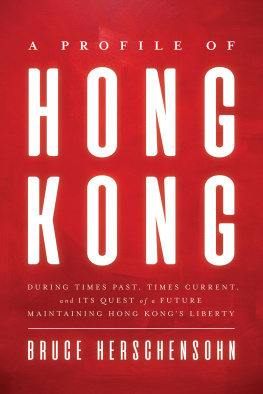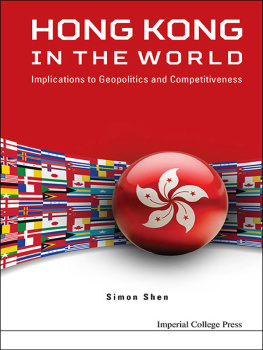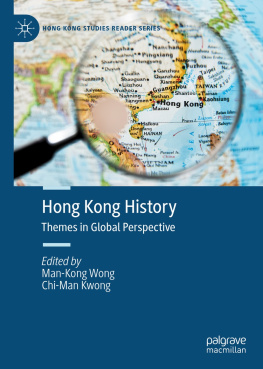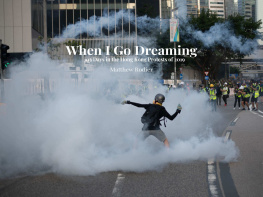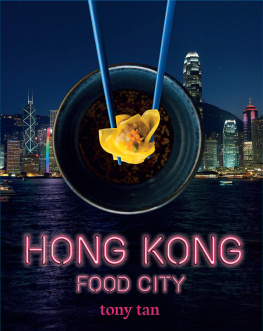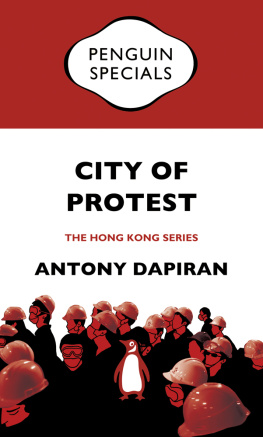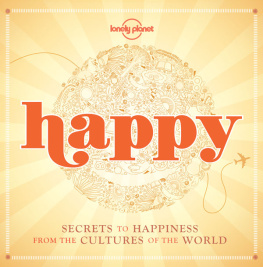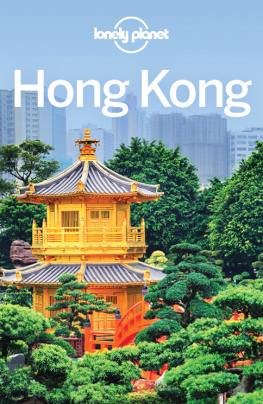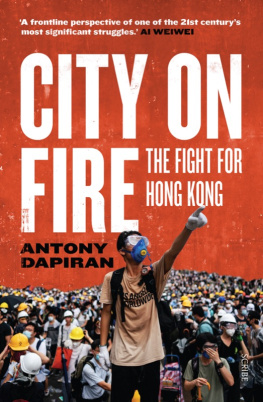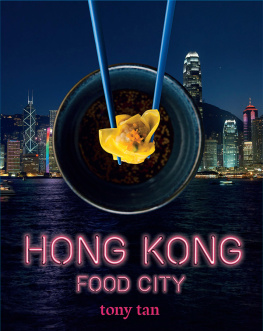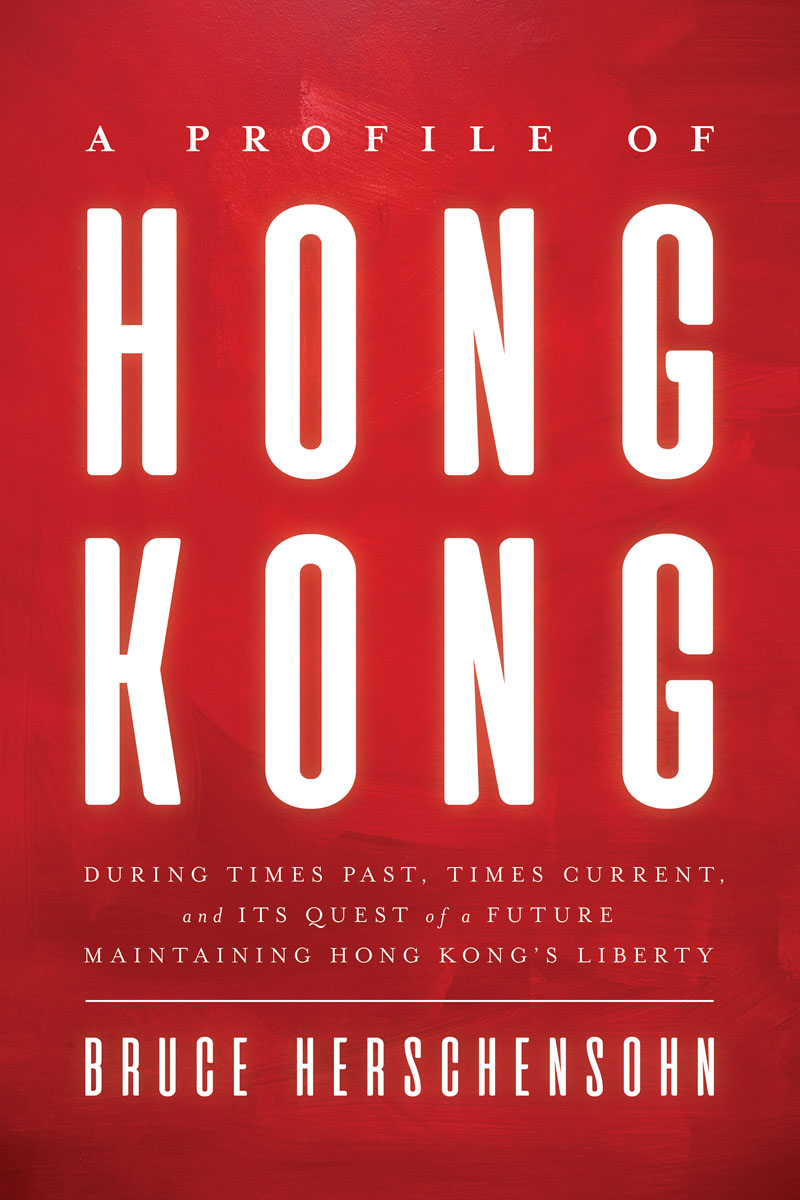

Copyright 2021 by Bruce Herschensohn
FIRST EDITION
All rights reserved. No part of this book may be reproduced in any form or by any electronic or mechanical means, including information storage and retrieval systems, without permission in writing from the publisher, except by a reviewer who may quote brief passages in a review.
Library of Congress Cataloging-in-Publication Data on File
Hardcover: 9780825309496
Ebook: 9780825308536
For inquiries about volume orders, please contact:
Beaufort Books
27 West 20th Street, Suite 1102
New York, NY 10011
Published in the United States by Beaufort Books
www.beaufortbooks.com
Distributed by Midpoint Trade Books,
a division of Independent Publishers Group
www.midpointtrade.com
www.ipgbook.com
Book Designed by Mark Karis
Printed in the United States of America
CONTENTS
BRUCE HERSCHENSOHN
1932-2020
Bruces first book with Beaufort Books, Above Empyrean, was published in 2008. Following its release, we enjoyed a close working relationship with Bruce that spanned more than a decade and resulted in six exceptional works, including his sixth and final book, A Profile of Hong Kong.
When we first received Bruces manuscript of A Profile of Hong Kong, Hong Kong was in the throes of years-long protests as the regions citizens fought for autonomy from China. With Bruces frequent trips to Hong Kong over the course of his career, we had complete trust that he would bring respect, discernment, and expertise when telling Hong Kongs turbulent story, and we were excited to bring such an important and timely dialogue into the national conversation.
Bruce was an old-school author who preferred working with a physical manuscript. Over the years, we gladly obliged, sending our notes, edits, and new drafts back-and-forth using nothing but the US Postal Service and a manila envelope. It was just after we sent the final manuscript of A Profile of Hong Kong to the designer that we learned of his passing. To honor Bruces memory, and with his familys blessing, we decided to move forward with publishing A Profile of Hong Kong as is. Aside from light copyediting, the book you have before you is written in Bruces signature style, the way Bruce would have wanted it published.
We will greatly miss Bruce, and we believe he would be thrilled to see his final book in the hands of discerning readers.
ERIC KAMPMANN
A NOTE TO THE READER FROM THE AUTHOR
A Profile of Hong Kong was adapted from previous books and articles and other media and forums in which I wrote or spoke about Hong Kong, including many travels to Hong Kong. Those travels became so frequent over the years that their regularity added up to approximately 37 annual trips to Hong Kong starting in 1960 through the 1997 handover of Hong Kong from Great Britain to the Peoples Republic of China. This book also records the beginning years in Hong Kongs history and goes into the new centurys chapters of Hong Kong, including the frightening days and nights of 2019 and 2020.
LOOKING CENTURIES BACK IN HONG KONG
[If you dont like reading about things that happened such a long time before your birth, dont read this chapter except for the last eight paragraphs, as those paragraphs of this chapter have a direct effect on the 21st Century to 2020.]
Abraham Lincoln was 32 years old practicing law in Springfield, Illinois when the history of Hong Kong began to have interest but not much. At the time, Hong Kong was one of the rarest major political entities on Earth that had a shorter known history than the United States. Its likely that Abraham Lincoln would have said that our country was threescore and five years old at the time Hong Kongs detailed history began if anyone had asked him. Fortunately, they didnt. He could save a revised version of a timekeeping line like that for later.
Although Lincoln didnt travel to Hong Kong, future visitors would be able to learn about the events and lives of Hong Kong people by asking those who had lived there. They talked of previous generations who passed on the events when Hong Kong Island off southern China had become nothing more than a camping ground for pirates and a place for transient fishermen who had either great courage or great ignorance to think it was a safe place. It was common to be told with many pieces of evidence that fishermen would often spend their last days in Hong Kong because pirates would slit the fishermens throats for whatever possessions they carried and even for their catches of fish earlier in the day.
Those residents spoke of times they had lived through, as well as times their elders had lived through, prior to 1841. The history was passed down by residents as well as historians, many referring to British historical journals written far back that recorded that as many as 5,650 people were scattered in Hong Kong between villages and hamlets and boats.
There were two major and frequent biases that became obvious in foreign-born-authored history books of Hong Kong, dependent upon whether they had British or Chinese authors. Americans could now read a description of events based on those earlier people and books without any bias at all since American authors owed no instinctive allegiance to either Queen Victoria of Great Britain or the emperors of the Manchu Dynasty in China. The histories of the times that were written by the British did seem to have the most credibility since they were most meticulous and generally self-critical, while there were no self-criticisms in the histories written in China. (Perhaps that was true because Chinas public speakers and writers might have been frightened by their governments possible reaction to their work.)
Both powers were trading with each other, and it is apparent that both powers had superiority complexes. The British thought of the Chinese as unsophisticated, even uncivilized and primitive, devoted to ancient superstitions and myths, and the Chinese thought of the British as repugnant Europeans who were corrupt and filled with the ambition of exploitation and smelled of perfumes.
The Emperor dictated that the British (as well as any other Westerners) could trade only in a trading season and only in one small area of China within the factory area just outside of Canton, with the city of Canton itself being off-limits. The British were not allowed to bring their families into China but ordered to leave them in the Portuguese enclave of Macau, and the British traders were not allowed to learn or read or speak Chinese or to go out after dark. In both recorded histories, it doesnt seem like the British were having much fun.
To make things worse for the British of the time, the Chinese enjoyed a hefty trade imbalance since the Chinese had little interest or purchasing power for those things the British offered. That was not true for what the Chinese offered the British. The women of Great Britain had big eyes for Chinese jade and silks and porcelain, and both British women and men could not resist Chinese tea. In return for such British longings, the Chinese would accept nothing less than silver.
But Great Britain was not ready to surrender the trade imbalance to the Chinese. In a short time, they discovered there was one product many Chinese people wanted that the British
Next page
